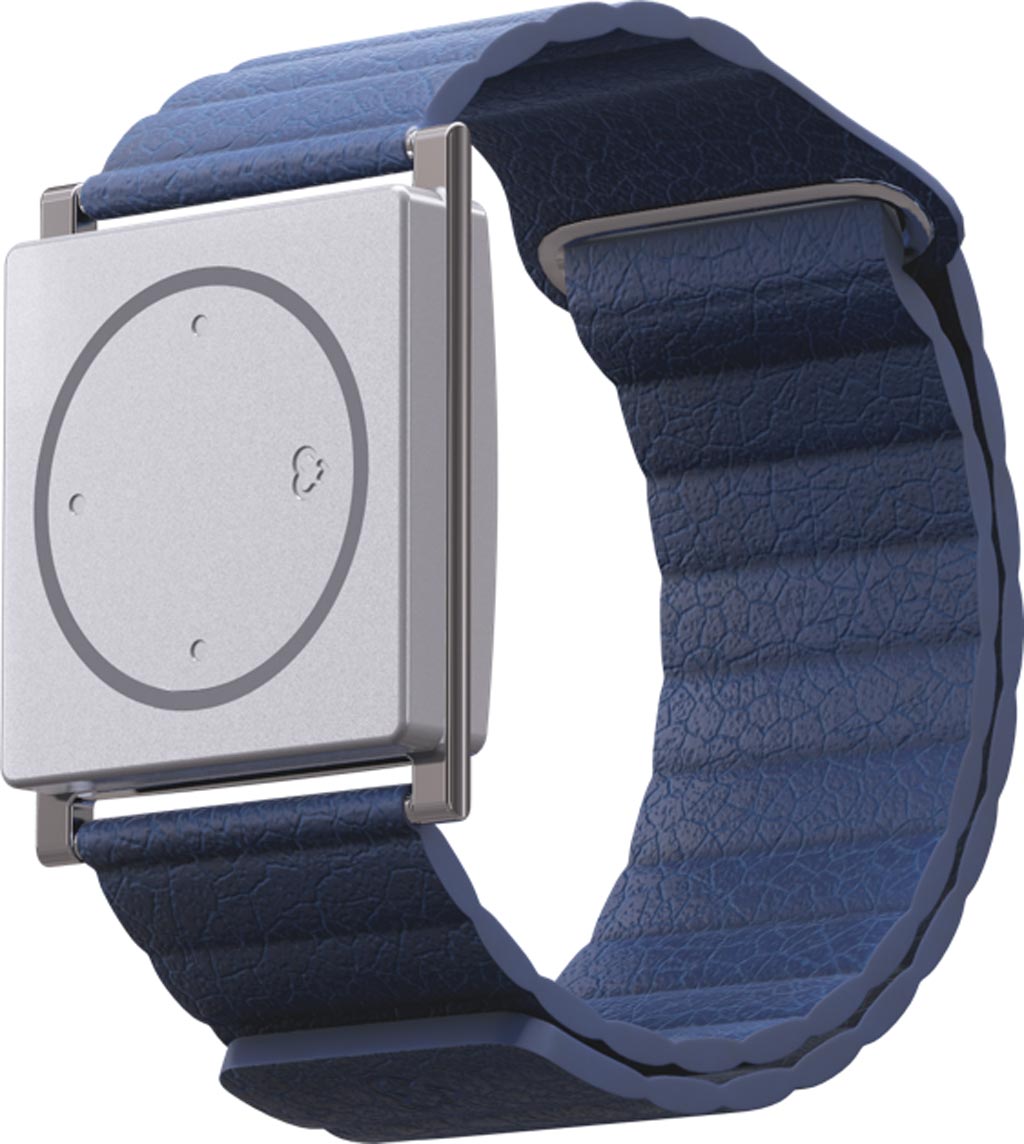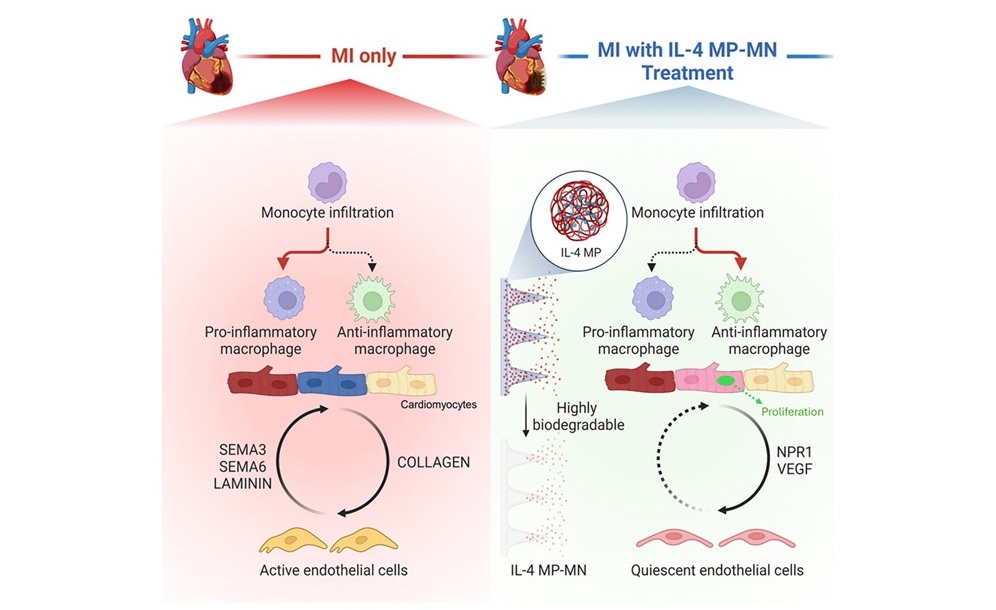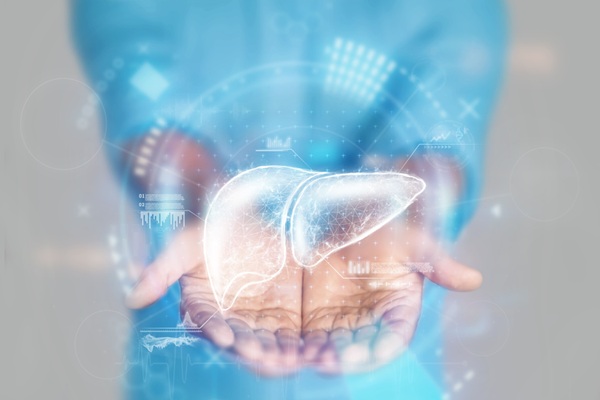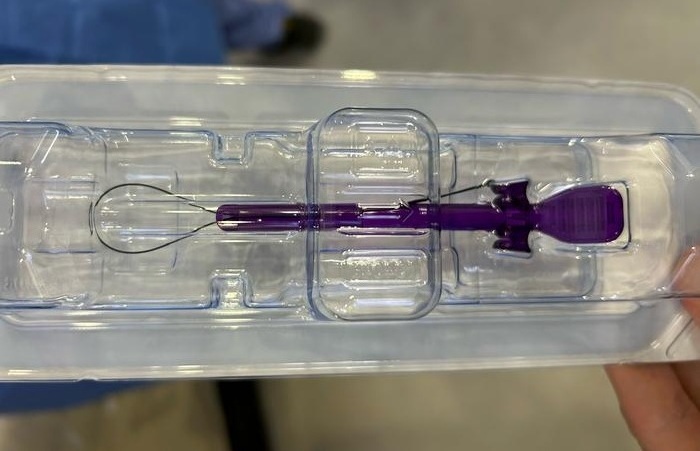Innovative Smartband Predicts Pending Epileptic Seizures
|
By HospiMedica International staff writers Posted on 23 Jan 2019 |

Image: The Empatica Embrace epilepsy smartband (Photo courtesy of Empatica).
A novel bracelet device detects motion patterns and physiological signals that may be associated with generalized tonic clonic (GTC) epileptic seizures.
The Empatica (Cambridge, MA, USA) Embrace epilepsy smartband measures a range of electrodermal activity (EDA) data in order to quantify physiological changes that are related to sympathetic nervous system activity. An on-board algorithm continuously processes sensor data and make a decision about whether the data might indicate a GTC seizure. Embrace then sends a message to the smartphone application, which initiates calls and texts to summon a designated caregiver. The wearable biosensor device also captures, stores, and wirelessly transmits EDA data for future analysis.
In a multi-site clinical study, 135 patients diagnosed with epilepsy underwent continuous monitoring with video electroencephalography (EEG), while simultaneously wearing an Empatica device, resulting in 6,530 hours of data recorded over 272 days, including documentation of 40 GTC seizures; the algorithm detected 100% of the seizures clinically labelled by at least two out of three independent epileptologists, who examined the video-EEG data without seeing any data used by Embrace.
“Medical devices face a huge problem: they're usually too bulky and uncomfortable, and people simply don't want to wear them. Empatica took a different path. We wanted to design the world's first medical device that could win a design award, while being used as a lifesaving product,” said Matteo Lai, CEO and co-founder of Empatica. “Patients actually love Embrace and are proud to wear it. We think this has been one of the keys of its success and an interesting lesson for healthcare. Cutting edge technology and good design need to go together.”
A GTC (commonly known as a grand mal seizure) produces bilateral, convulsive, tonic and clonic muscle contractions. They typically start abruptly with either focal or generalized onset, with tonic contractions usually preceding clonic contractions. After these series of contractions, there is an extended post-ictal state where the person is unresponsive and commonly asleep, with loud snoring. Pronounced confusion is usually present upon awakening.
Related Links:
Empatica
The Empatica (Cambridge, MA, USA) Embrace epilepsy smartband measures a range of electrodermal activity (EDA) data in order to quantify physiological changes that are related to sympathetic nervous system activity. An on-board algorithm continuously processes sensor data and make a decision about whether the data might indicate a GTC seizure. Embrace then sends a message to the smartphone application, which initiates calls and texts to summon a designated caregiver. The wearable biosensor device also captures, stores, and wirelessly transmits EDA data for future analysis.
In a multi-site clinical study, 135 patients diagnosed with epilepsy underwent continuous monitoring with video electroencephalography (EEG), while simultaneously wearing an Empatica device, resulting in 6,530 hours of data recorded over 272 days, including documentation of 40 GTC seizures; the algorithm detected 100% of the seizures clinically labelled by at least two out of three independent epileptologists, who examined the video-EEG data without seeing any data used by Embrace.
“Medical devices face a huge problem: they're usually too bulky and uncomfortable, and people simply don't want to wear them. Empatica took a different path. We wanted to design the world's first medical device that could win a design award, while being used as a lifesaving product,” said Matteo Lai, CEO and co-founder of Empatica. “Patients actually love Embrace and are proud to wear it. We think this has been one of the keys of its success and an interesting lesson for healthcare. Cutting edge technology and good design need to go together.”
A GTC (commonly known as a grand mal seizure) produces bilateral, convulsive, tonic and clonic muscle contractions. They typically start abruptly with either focal or generalized onset, with tonic contractions usually preceding clonic contractions. After these series of contractions, there is an extended post-ictal state where the person is unresponsive and commonly asleep, with loud snoring. Pronounced confusion is usually present upon awakening.
Related Links:
Empatica
Channels
Critical Care
view channel
Biodegradable Patch Repairs Damaged Tissue After Heart Attack
A heart attack causes sudden loss of oxygen to the heart muscle, triggering cell death and a strong inflammatory response that often leads to scar formation. While scarring helps stabilize the heart, it... Read more
Magnetically Guided Microrobots to Enable Targeted Drug Delivery
Stroke affects 12 million people globally each year, often causing death or lasting disability. Current treatment relies on systemic administration of clot-dissolving drugs, which circulate throughout... Read more
Smart Nanomaterials Detect and Treat Traumatic Brain Injuries Simultaneously
Traumatic brain injury (TBI) continues to leave millions with long-term disabilities every year. After a sudden impact from a fall, collision, or accident, the brain undergoes inflammation, oxidative stress,... Read more
Earlier Blood Transfusion Could Reduce Heart Failure and Arrhythmia in Heart Disease Patients
Blood loss during or after surgery can place significant stress on people with heart disease, increasing the risk of dangerous complications. Transfusions are often delayed until hemoglobin levels fall... Read moreSurgical Techniques
view channelNovel Endoscopy Technique Provides Access to Deep Lung Tumors
Detecting lung cancer early can save lives, but diagnosing small tumors deep in the outer regions of the lungs remains a major clinical challenge. Although CT scans frequently identify tiny suspicious... Read more
New Study Findings Could Halve Number of Stent Procedures
When a coronary artery becomes acutely blocked during a heart attack, opening it immediately is essential to prevent irreversible damage. However, many patients also have other narrowed vessels that appear... Read morePatient Care
view channel
Revolutionary Automatic IV-Line Flushing Device to Enhance Infusion Care
More than 80% of in-hospital patients receive intravenous (IV) therapy. Every dose of IV medicine delivered in a small volume (<250 mL) infusion bag should be followed by subsequent flushing to ensure... Read more
VR Training Tool Combats Contamination of Portable Medical Equipment
Healthcare-associated infections (HAIs) impact one in every 31 patients, cause nearly 100,000 deaths each year, and cost USD 28.4 billion in direct medical expenses. Notably, up to 75% of these infections... Read more
Portable Biosensor Platform to Reduce Hospital-Acquired Infections
Approximately 4 million patients in the European Union acquire healthcare-associated infections (HAIs) or nosocomial infections each year, with around 37,000 deaths directly resulting from these infections,... Read moreFirst-Of-Its-Kind Portable Germicidal Light Technology Disinfects High-Touch Clinical Surfaces in Seconds
Reducing healthcare-acquired infections (HAIs) remains a pressing issue within global healthcare systems. In the United States alone, 1.7 million patients contract HAIs annually, leading to approximately... Read moreBusiness
view channel
Philips and Masimo Partner to Advance Patient Monitoring Measurement Technologies
Royal Philips (Amsterdam, Netherlands) and Masimo (Irvine, California, USA) have renewed their multi-year strategic collaboration, combining Philips’ expertise in patient monitoring with Masimo’s noninvasive... Read more
B. Braun Acquires Digital Microsurgery Company True Digital Surgery
The high-end microsurgery market in neurosurgery, spine, and ENT is undergoing a significant transformation. Traditional analog microscopes are giving way to digital exoscopes, which provide improved visualization,... Read more
CMEF 2025 to Promote Holistic and High-Quality Development of Medical and Health Industry
The 92nd China International Medical Equipment Fair (CMEF 2025) Autumn Exhibition is scheduled to be held from September 26 to 29 at the China Import and Export Fair Complex (Canton Fair Complex) in Guangzhou.... Read more













